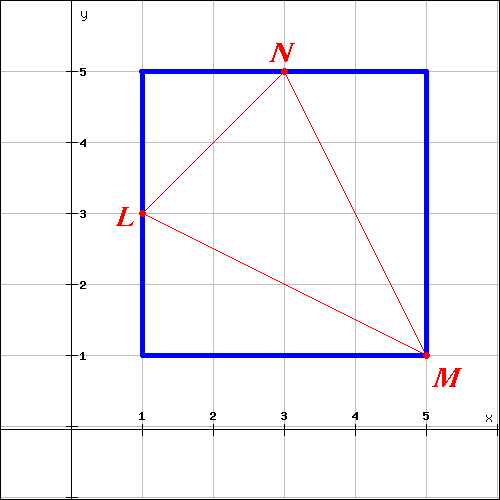Events & Promotions
| Last visit was: 08 May 2024, 05:54 |
It is currently 08 May 2024, 05:54 |

Customized
for You
Track
Your Progress
Practice
Pays
08:30 AM PDT
-09:30 AM PDT
08:30 AM PDT
-09:30 AM PDT
11:00 AM IST
-01:00 PM IST
11:00 AM IST
-01:00 PM IST
Difficulty:


 65%
(hard)
65%
(hard)
Question Stats:
62% (02:25) correct 38%
(02:32)
wrong
38%
(02:32)
wrong  based on 686
sessions
based on 686
sessions
















m06-09.png [ 6.12 KiB | Viewed 7805 times ]



|
|
||
|
Hi Generic [Bot],
Here are updates for you:
ANNOUNCEMENTS
Tuck at Dartmouth
|